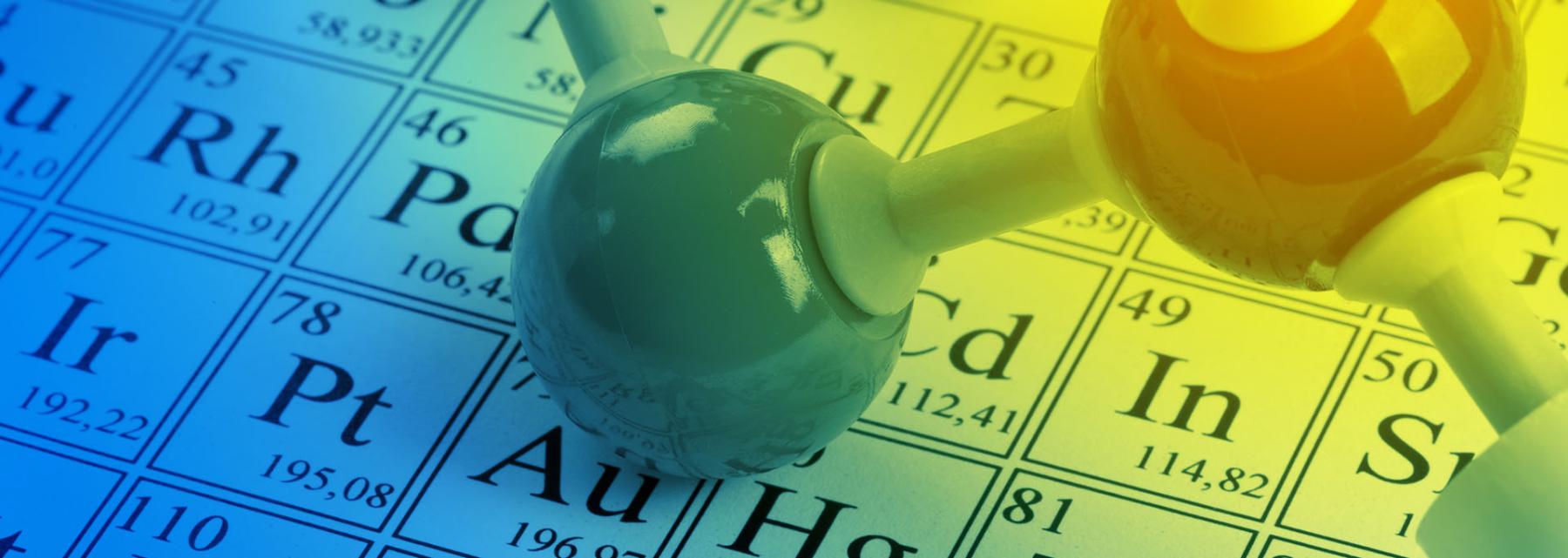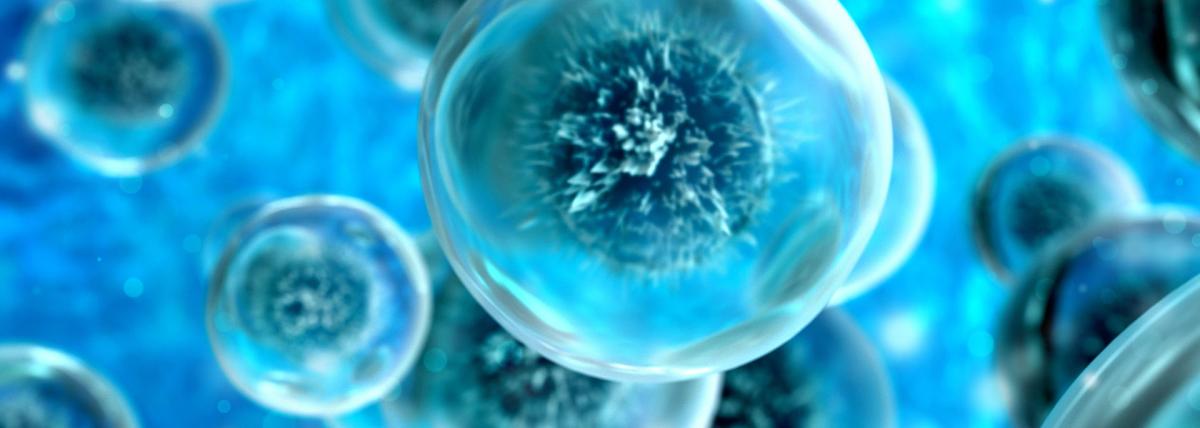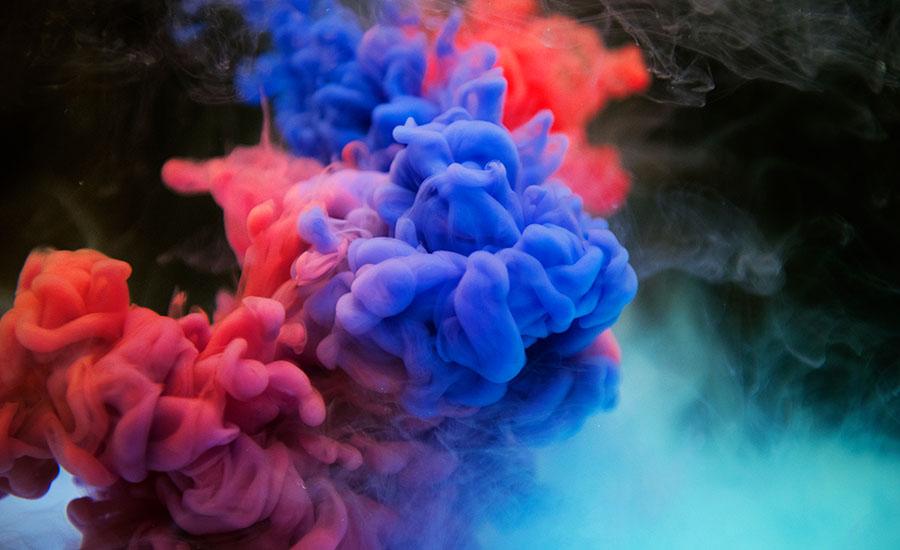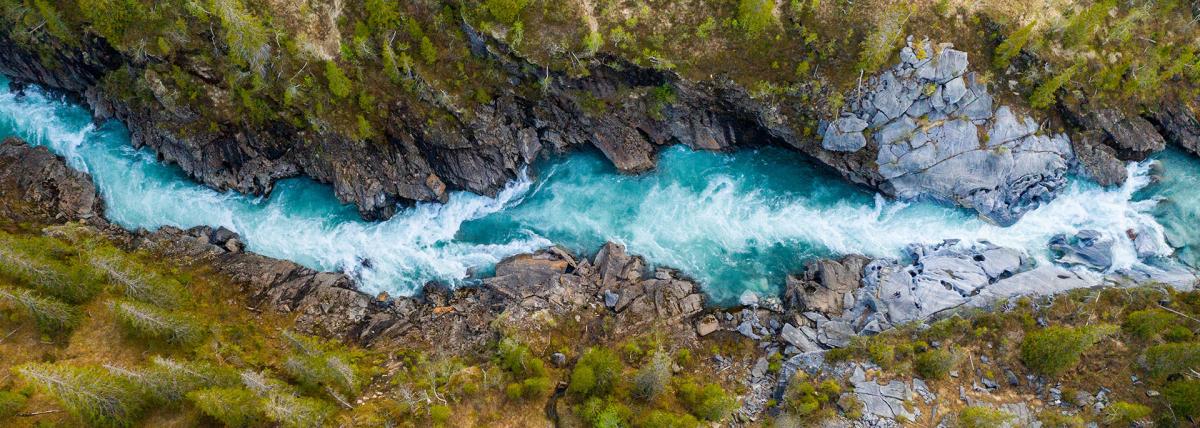
Subatomic Particles: Creating an Atom
by Gregory Brown
This set of lessons allows students to model the structure of an atom and use this to define trends on the Periodic Table and characteristics within groups. In addition, students can relate the patterns and scientific concepts together in a innovative and interactive way.
Lesson Plan Link/URL
https://docs.google.com/presentation/d/1i3UD7gvbDcfjWoejy3FJcxeCxkZGh-tLqtJmrxq…
Featured
Off
Related Content

Grades:
10th Grade, 11th Grade, 12th Grade
This lesson has students create a unique graphical visual of the components of blood within a vial. These components of blood are then researched and used as a control for accomplishing two

Grades:
9th Grade, 10th Grade, 11th Grade, 12th Grade
Students go to four different stations to observe how pressure, temperature, and volume interact to affect the behavior of gases. They will also utilize math skills for some of the stations in this

Grades:
9th Grade, 10th Grade, 11th Grade, 12th Grade
Students will delve into the intricate web of Earth systems, recognizing their interconnected nature and unlocking the secrets of Japan's geological features through observation and data collection